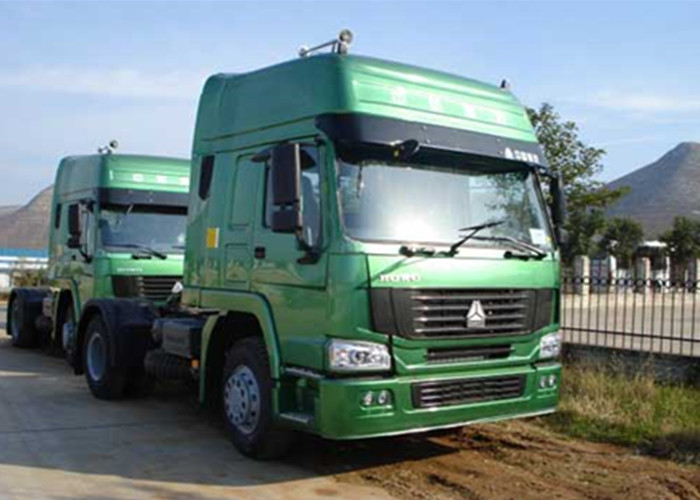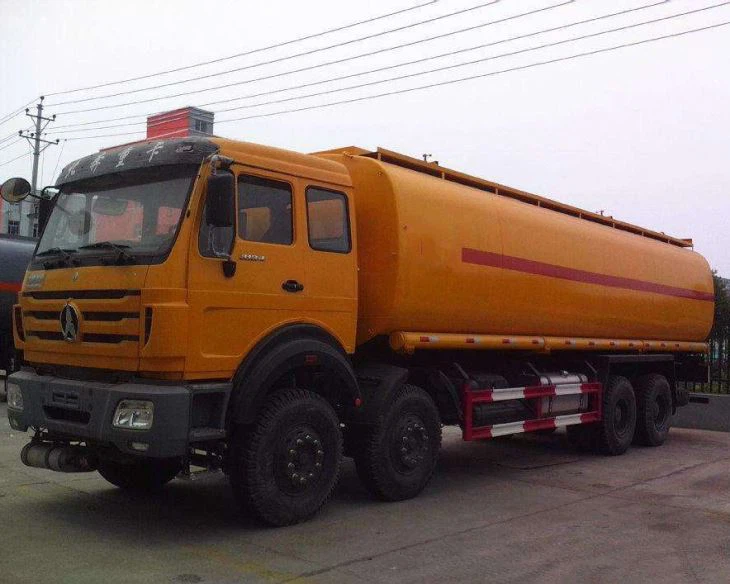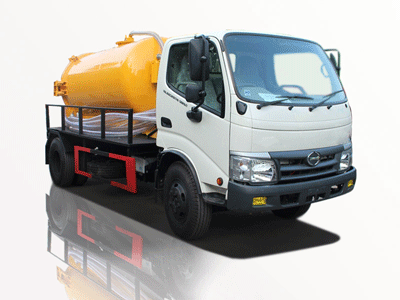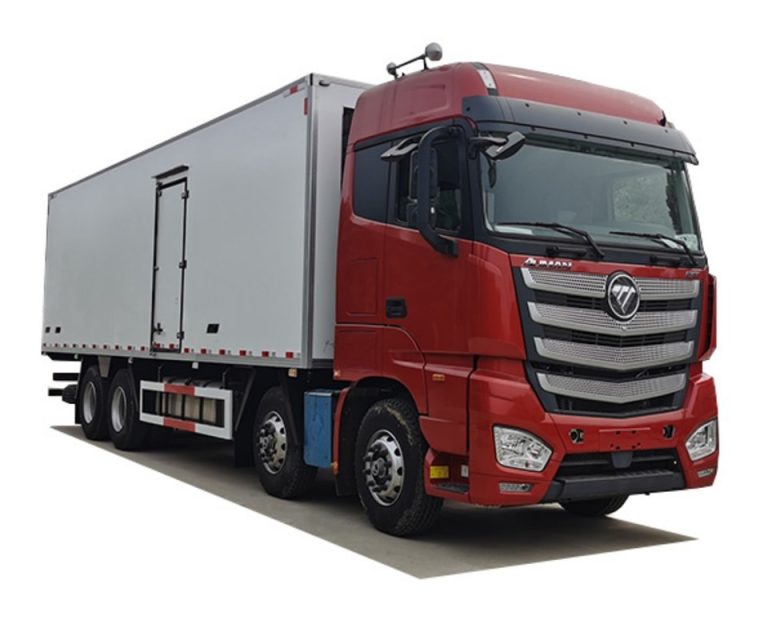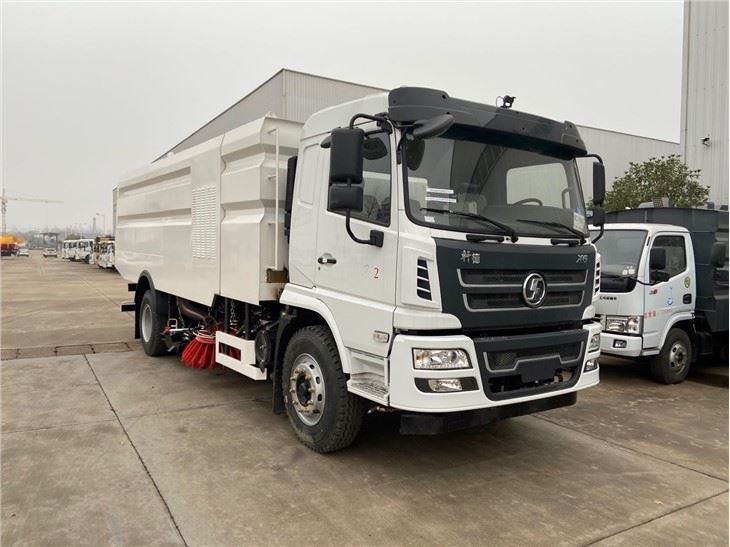Tanker trucks play a crucial role in transporting a variety of liquids across vast distances. They are essential in the oil and gas industry, as well as in the delivery of water, chemicals, and even food-grade liquids. Understanding how much fuel these trucks hold is fundamental for logistics, safety, and efficiency in transportation. In this comprehensive guide, we will delve into the capacities of tanker trucks, the factors influencing these capacities, and other related insights.
Understanding Tanker Truck Capacities
Tanker trucks come in different sizes and shapes, depending on their intended use. Generally, the capacity of a tanker truck can range from 1,000 to 11,600 gallons (or 3,785 to 43,900 liters). The specific design and purpose of the truck greatly influence its fuel capacity.
Standard Sizes of Tanker Trucks
Let’s look at some common sizes of tanker trucks and their capacities:
| Type of Tanker Truck | Typical Capacity (gallons) | Typical Capacity (liters) |
|---|---|---|
| Small Tanker | 1,000 – 3,000 | 3,785 – 11,364 |
| Medium Tanker | 4,000 – 6,000 | 15,142 – 22,700 |
| Large Tanker | 7,000 – 11,600 | 26,495 – 43,920 |
Factors Affecting Capacity
Several factors can influence how much fuel a tanker truck can hold, including:
- Design and Structure: Different trucks are designed for specific types of liquids, impacting their capacity.
- Regulations: State and federal regulations may limit the amount of fuel a tanker can carry for safety reasons.
- Type of Liquid: Some liquids require more space due to safety or legal restrictions, affecting total capacity.
Types of Tanker Trucks and Their Uses
Fuel Tanker Trucks
Fuel tanker trucks are among the most common and are typically used to transport gasoline, diesel, and other petroleum products. The average capacity for a fuel tanker is usually between 5,000 to 11,600 gallons (18,927 to 43,900 liters).
Chemical Tanker Trucks
These trucks are specially designed to transport chemicals, which often require secure and safe containment measures. Their capacities can range widely, commonly from 4,000 to 6,000 gallons (15,142 to 22,700 liters).
Water Tanker Trucks
Used mainly in firefighting, agriculture, and construction, water tanker trucks can vary from 1,000 to over 10,000 gallons (3,785 to 37,854 liters).
Food-Grade Tanker Trucks
These trucks are designed to carry food-grade liquids such as milk or oils. They follow strict hygiene standards and usually have capacities similar to chemical tankers.
Considerations for Tanker Truck Capacity
Safety Regulations
Regulatory safety guidelines play an important role in determining the maximum capacity for tanker trucks. Each jurisdiction may have specific transportation regulations affecting how much can be legally transported in a single trip.
Environmental Impact
Transporting vast amounts of fuel can have environmental implications. Companies must consider how much fuel they transport at once to minimize vehicular emissions and fuel wastage.
Efficiency in Operations
Understanding capacity helps logistics managers optimize routes and fuel consumption, leading to more efficient operations. A well-planned capacity can reduce the number of trips needed for transport.
Practical Examples of Tanker Truck Operations
Example 1: Fuel Delivery to a Gas Station
A typical fuel tanker, holding 9,000 gallons (34,068 liters), can service several gas stations in a single trip. By transporting this quantity, the tanker can reduce the number of trips, thereby saving fuel and time.
Example 2: Chemical Distribution
For a chemical supplier, utilizing a medium-sized tanker that holds 5,000 gallons (18,927 liters) allows for efficient delivery to various industrial sectors, cutting costs and streamlining distribution.
Example 3: Water Supply in Rural Areas
Water tanker trucks carrying 3,000 gallons (11,364 liters) can effectively serve underserved rural areas. By transporting adequate amounts in fewer trips, they reduce operating costs and improve service reliability.
Tips for Choosing the Right Tanker Truck
1. Understand Your Needs
Evaluate the specific needs of your business. Consider the type of liquid, distance of transport, and the volume required.
2. Assess Regulations
Research local regulations that may impact the size and type of tanker truck you can use.
3. Consider Tanker Design
Select a tanker with a design that meets safety standards while maximizing capacity for your needs.
Maintenance of Tanker Trucks
Regular Inspections
Regular maintenance is essential to ensure safety and compliance with regulations. Check fixtures, valves, and tanks for leaks or signs of wear.
Cleaning Procedures
Implement strict cleaning procedures, especially for food-grade and chemical tankers, to prevent contamination.
Innovations in Tanker Truck Design
Advanced Materials
Recent advancements in materials have made tanker trucks lighter and stronger, allowing for increased capacities without compromising safety.
Smart Technology
Integration of smart technology helps in tracking fuel levels, optimizing routes, and managing maintenance schedules efficiently.
FAQ Section
1. What is the largest capacity of a tanker truck?
The largest tanker trucks can hold up to 11,600 gallons (43,900 liters) for certain applications, particularly in fuel transportation.
2. Are there different regulations for different liquids?
Yes, regulations vary significantly based on the type of liquid being transported, affecting the design and maximum capacity allowed.
3. How can I determine what type of tanker I need?
Evaluate the type of liquid you need to transport, the required volume, and consult with a logistics expert to choose the appropriate tanker type.
4. What is the average lifespan of a tanker truck?
A well-maintained tanker truck usually has a lifespan of about 10 to 15 years, but this can vary based on usage and maintenance practices.
5. Can I modify the capacity of a tanker truck?
Modifying the capacity is typically not advisable due to safety and regulatory concerns. It’s essential to choose the right tanker size from the beginning.
6. What impact does weight have on a tanker truck operation?
The weight of the tanker affects fuel efficiency, regulatory limits, and road safety; thus, understanding the load is crucial for operational success.
